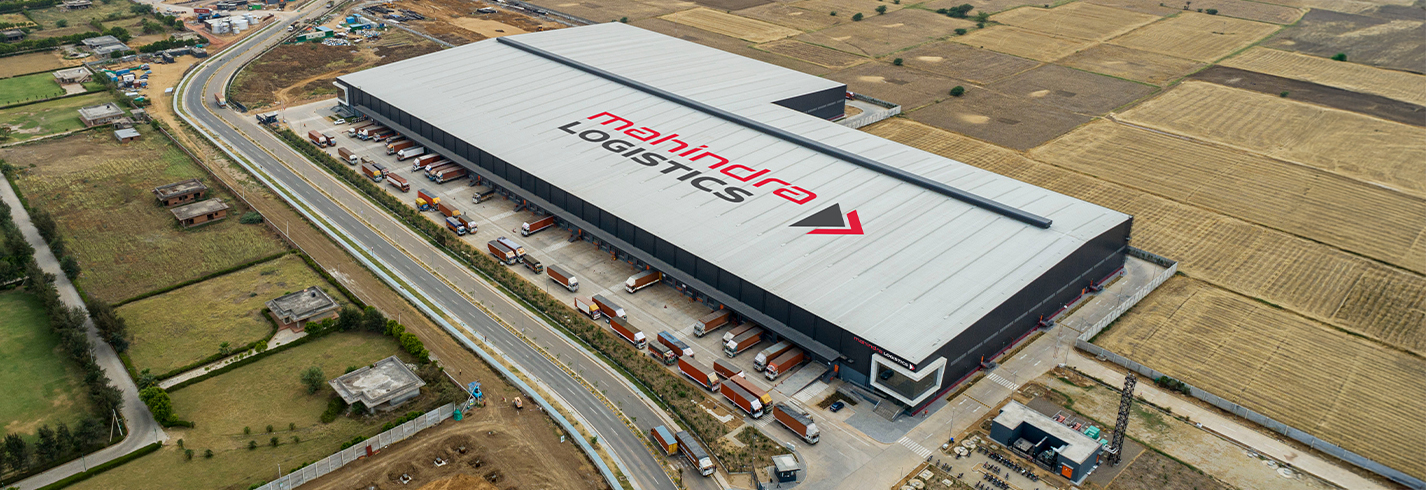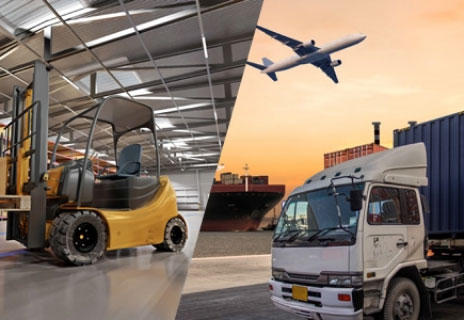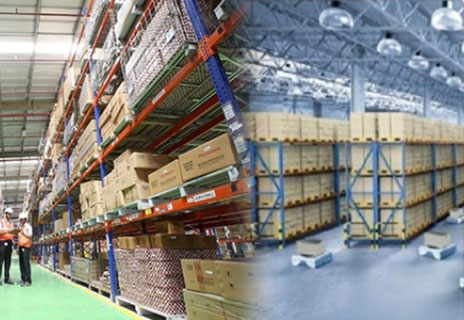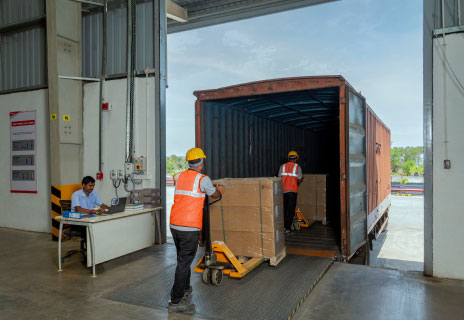
Multi-Client Warehousing: The Efficient Way to Scale Your Business
According to the Indian Brand Equity Foundation (IBEF), the warehousing market of India is touted to grow to $34.99 Billion by 2027 with a CAGR of 15.64%. This trend is primarily credited to the upsurge in the e-commerce market that grew by a shopping, sorry, a whopping 25% in 2020, leading to a domino effect in metros as well as in Tier 2 and Tier 3 towns.
However, owing to this growing demand, businesses are grappling with meeting customer demand in this fast-paced, consumer-driven world. They are seeking supply chain innovation that streamlines operations, optimises costs, and scales efficiently. One such solution that is gaining traction is multi-client warehousing (MCW), offering an efficient alternative to traditional dedicated warehousing models.
For instance, Third-Party Logistics (3PL) solution providers like Mahindra Logistics, Prozo, Liladhar Pasoo, etc., have adapted Shared warehousing / Multi-client warehousing and revolutionised Supply Chain Management processes. The reason lies purely in the versatile nature of shared warehousing and distribution network to handle multi-industry logistics spanning automobile, engineering, FMCG/FMCD, e-commerce, groceries, and pharmaceuticals, vis-à-vis the single-client warehouse.
Multi-client warehousing offers a myriad of benefits for businesses seeking to optimise their supply chain operations. By leveraging shared warehouse space and resources, companies can achieve operational efficiency while maintaining flexibility and scalability. Sharing overhead costs, such as facility rent, utilities, and labour, translates into tangible financial advantages, allowing organizations to allocate resources more efficiently and invest in core business activities.
With the ever-changing market dynamics and increasing customer demands, the agility afforded by multi-client warehousing is invaluable, enabling businesses to adapt quickly to evolving circumstances and capitalize on new opportunities. In essence, multi-client warehousing is not just a solution for businesses; it is a strategic imperative for those looking to stay competitive and thrive in today’s dynamic business landscape.
So why does it make economic sense for companies to utilise the multi-client warehousing option vis-à-vis dedicated warehousing? Let’s find out the core benefits of the former:
Zero CAPEX:
The agile business model enables companies to set up operations within 45 days using local labour on a contract basis. The model operates on a pricing package that includes all overheads, thus eliminating any CAPEX investment by the company and ensures efficacy.
Flexibility and Scalability:
The pan-India Network of 3PL providers includes integrated Supply Chain companies which gives access to multiple warehousing facilities. Flexible operation processes allow companies to opt for multiple warehouse locations to ensure scalability across various markets and manage their fluctuations in sales cycles with almost zero losses. E.g.: Industries like automobiles are seasonal wherein sales peak between September and March or there is an upsurge in apparel demand during the festive season.
Strategic Locations:
Companies, especially those in the e-commerce, FMCG, and pharma industries, can avail of the flexibility of choosing Multi-warehousing facilities that are strategically located near their target marketplaces, close to manufacturing hubs with easy access to National and State Highways, airports, or shipping ports across India.
Leverage Cutting-Edge Technology:
Most 3PL service providers employ state-of-the-art technology to automate warehouse operations. For instance, TMS is used for route optimisation of vehicle transport for real-time visibility. Another technological solution called WMS is used to automate inventory centralisation to ensure accurate inventory management for cost optimisation.
Safety & Security of Inventory:
3PL companies maintain high compliance standards with Grade A facilities and IGBC Platinum certification, that ensure security of inventory storage. Hi-tech solutions like Drone surveillance technology and initiatives like EV Tow Trucks, and AR/ VR enhance the safety quotient and reduce inventory loss.
Sustainable practices & wide Distribution Networks for industry-specific solutions
Besides these core benefits, some companies like Mahindra Logistics have wider distribution networks spanning metros, Tier 2, and Tier 3 locations comprising Luhari, Bhiwandi, Hyderabad, Pune, Nashik, Kolkata, Guwahati, and Chennai.
Of their 22+ million sq. ft. of warehousing space across India, 4+ million sq. ft. are part of a multi-client warehousing network which has evolved to sustainable practices such as solar-powered facilities, rainwater-harvesting, EV infrastructure, and Greenhive – a dashboard that tracks these initiatives.
However, while Multi-Client Warehouses is yet another feasible option for companies, it’s better to select the warehousing solution which is more practical in the long run. A strategic comparative analysis will help you decide:
Multi-Client Warehousing Versus Dedicated Warehousing
In contrast to multi-client warehousing, dedicated warehousing involves leasing or owning a facility exclusively for one client’s use. While dedicated warehousing offers certain benefits, such as complete control over the facility and customised solutions tailored to specific needs, it often comes with higher costs and significant operational complexities.
The cost implications of dedicated warehousing can be substantial, particularly for smaller or mid-sized businesses with limited resources. Expenses associated with leasing or purchasing real estate, staffing, equipment, and maintenance can significantly strain budgets, making it challenging to achieve efficiency and scalability.
Furthermore, dedicated warehousing might take longer to adapt to changing market conditions or business requirements. With the ability to share resources and space with other clients, businesses will be better able to optimise capacity utilization and resolve challenges in managing inventory levels efficiently.
As a company who depends heavily on the operational efficiency of Supply Chain Management and Logistics, it makes logical or logistical sense to utilise shared warehouses. That’s the trend that is revolutionising the Supply Chain Industry in 2025.





